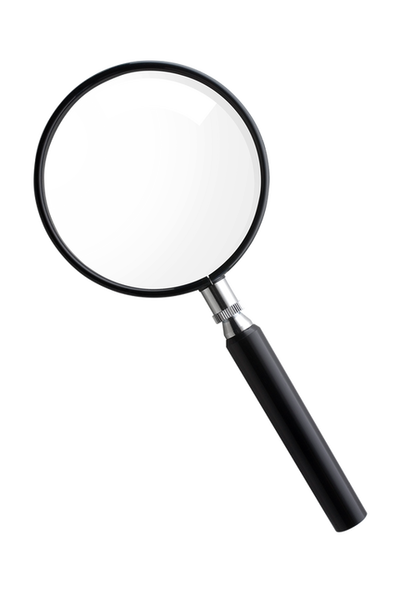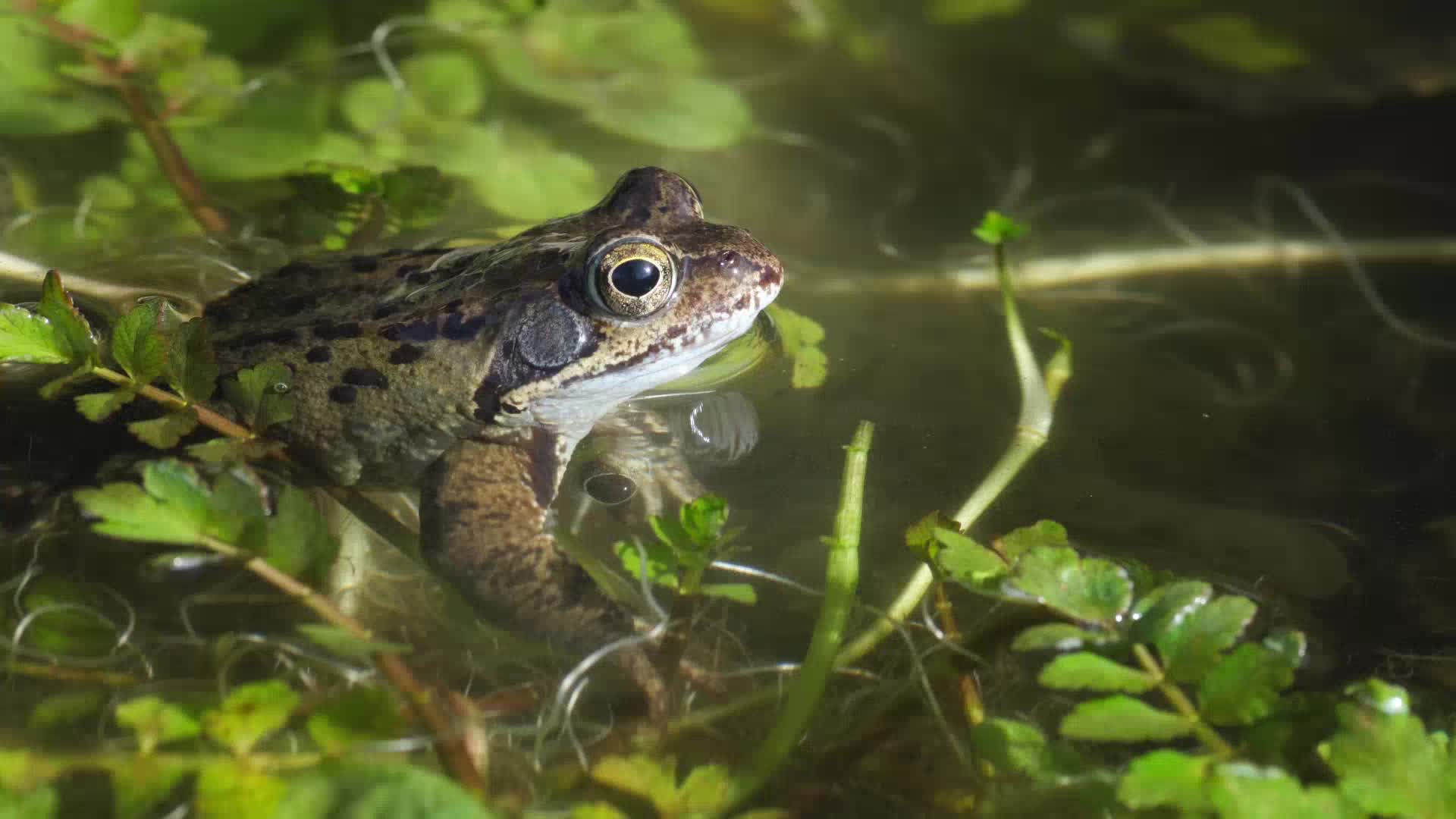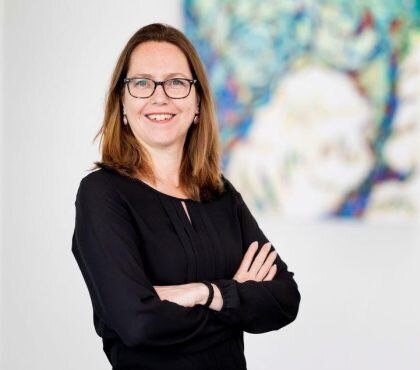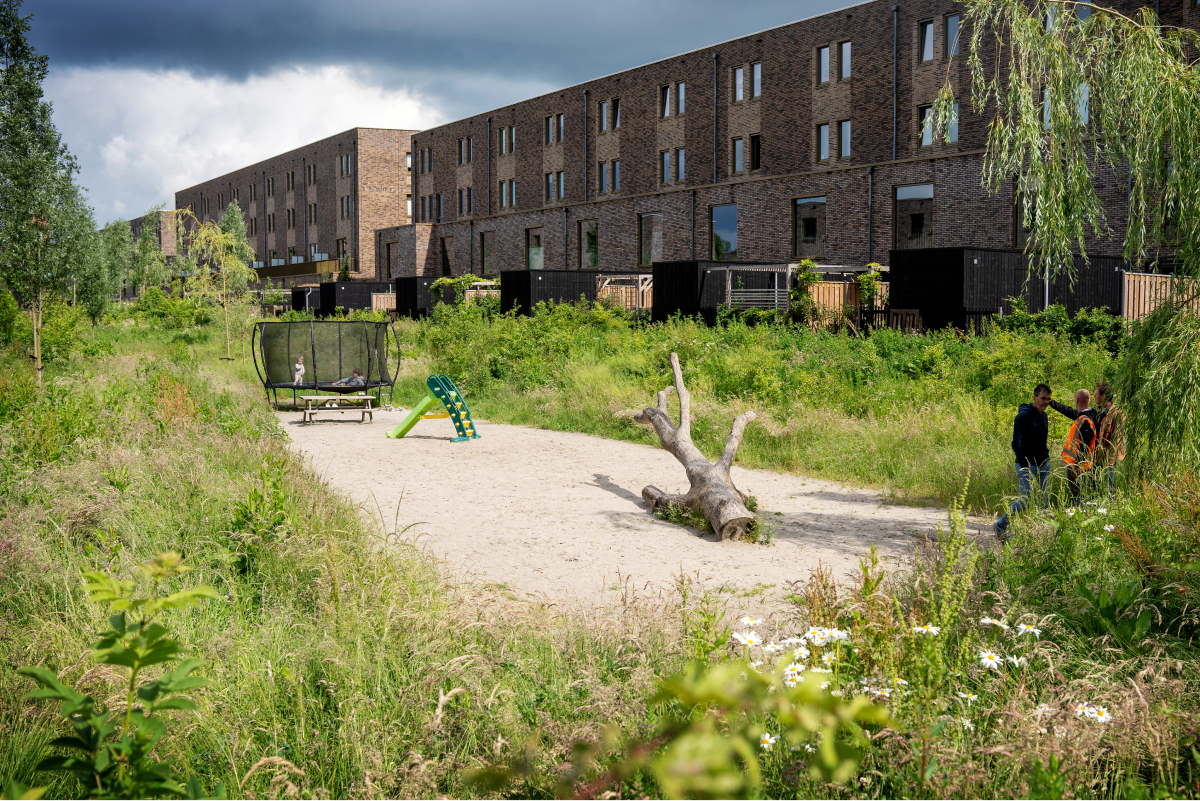Research into the effects of aquathermal systems on nature
'We expect more pros than cons'
Surface water can be used to heat and cool homes and other buildings. But what is the effect on nature? Deltares is looking for answers in the Van Buijsen lake near Pijnacker. ‘I suspect that extracting heat from standing water does nature more good than harm,’ says Joep de Koning, ecologist Delfland water authority.
The idea is great: by extracting heat or cold from surface water, you can heat and cool homes and other buildings. In theory, the thermal potential of this water exceeds the total heat requirements of the Netherlands. The economic potential is estimated at about 150 PJ a year, more than 40% of the total future heat requirement in the built environment of 350 PJ per year, calculated knowledge institutes Deltares and CE Delft in the past on behalf of the Foundation for Applied Water Management Research (STOWA). In addition, thermal energy from surface water (TEO) can provide cooling.

How does an aquathermal distribution network work?
Eteck’s heat distribution system consists of water pipes, heat pumps in the houses and twenty wells for cold and hot water some 120 metres underground. In this way, the water does not come into contact with drinking water or groundwater. All that is needed is warm water in the summer as a heat source for the winter, says Niek de Wit, energy management engineer with Eteck. Eteck also purchases the green energy for the heat pumps in these gas-free homes. According to the RVO 2020 standard, 615,000 kg of CO2 was saved in 2023 by comparison with the same type of houses with high-efficiency gas boilers.
Read the story
How does an aquathermal distribution network work?
Eteck’s heating network in Pijnacker consists of water pumps, water pipes, ten aquifer thermal energy wells in the ground at a depth of about a hundred metres and heat pumps in the houses. An technical facility on the surface houses the pumps, control system and heat exchangers. The exchangers consist of plates through which hot and cold water flows, releasing the heat. The system takes warm water from the lake in the summer only. That water is used to charge the heat store for use in the winter to heat the homes. The cooler water that emerges after passing through the exchangers is discharged into the lake again. In winter, the system pumps warm water from the aquifer thermal energy well to the heat pumps in the houses. They raise the water temperature from about 15 degrees Celsius to the required 30-40 degrees for floor heating and 50-65 degrees for hot water use. The system uses the water in the cold well to cool the houses on hot days.
Source: Waternet
'All that is needed is warm water in the summer as a heat source for the winter'
Energy management engineer with Eteck
Heating networks with aquathermal systems have been installed in dozens of places in the Netherlands such as the Tuindershof and Keijzershof areas alongside the Van Buijsen lake. This small area of about 7.5 hectares on the outskirts of Pijnacker was created in the late nineteenth century by peat excavation for the Van Buijsen family. The heating company Eteck uses water from the lake to heat and cool about nine hundred homes. Heat from the lake’s water is stored in the summer in order to heat homes and tap water in the winter. And the system also stores cool water in the winter to cool homes on hot days.
Green energy
Eteck’s heat distribution system consists of water pipes, heat pumps in the houses and twenty wells for cold and hot water some 120 metres underground. In this way, the water does not come into contact with drinking water or groundwater. All that is needed is warm water in the summer as a heat source for the winter, says Niek de Wit, energy management engineer with Eteck. Eteck also purchases the green energy for the heat pumps in these gas-free homes. According to the RVO 2020 standard, 615,000 kg of CO2 was saved in 2023 by comparison with the same type of houses with high-efficiency gas boilers.
More value for nature
But what effects does extracting heat from water have on nature? Deltares is studying this question with Eteck and the Delfland water authority, which watches over surface water quality and issues permits. ‘We don’t know everything about the effects of aquathermal systems,’ says Delfland’s ecologist Joep de Koning. ‘I believe that, here in the Netherlands, we have not adequately investigated the effects of discharging warm water into surface water. The water authorities have become more cautious because of the pressure on our aquatic nature and the challenging ambitions of the European Water Framework Directive.’

Joep de Koning
Ecologist Joep de Koning
Joep de Koning
Ecologist Joep de Koning studied aquatic ecotechnology at Hogeschool Zeeland. He has been with the Delfland water authority for more than eighteen years. He works for the Monitoring and Water Consultancy team, advising on water quality and water-related nature.
According to De Koning, the water quality in and around the pond is moderate at present. ‘There are some birds and insect species, and there are some reeds and other plant life in and around the pond. Ducks, geese, mosquito larvae, water fleas and beetles, to name just a few. These are species you see in a turbid, nutrient-rich, peat lake. But that is my personal assessment; it doesn’t mean that there are no natural qualities here. Any human intervention affects the ecology. Looking at this in terms of good or bad is a human way of thinking.’
De Koning isn’t afraid of change in all circumstances. ‘Indeed, my personal feeling is that aquathermal systems can do more good than harm in this lake. In warm, stagnant water, pathogens such as blue-green algae, the botulism bacterium and faecal bacteria feel more at home. Apart from the health risks, bacteria use more oxygen from the water and make the water turbid. That means that more desirable organisms do worse. Examples include plants that actually oxygenate the water, such as spiked water-milfoil, bladderwort, pondweed and water lilies. If those plants do well, pike, roach and dragonflies will be seen, instead of algae and mosquitoes. Biodiversity is likely to increase.’ Another benefit: colder and flowing water combats smells and duckweed.
Minuscule aquatic life
Either way, the ecosystem is changing. Both cold and currents affect water quality. A current is created where the colder water exits the system and where the warmer water is sucked back in. Those currents are a new factor.
And fine-mesh filters are used. What is the mesh size at which organisms are kept out of the system? Some of the tiny aquatic life, such as zooplankton and algae, is caught by the filters but some may slip through. What is their condition when they emerge after travelling through pipes and past heat exchangers? Or if the filters are blown clean? Which organisms survive, and in what quantities? And what happens around those filters when the pumps suck up or discharge water? These questions are being investigated with Eteck, and with water management and knowledge institutes, in the Sloterplas in Amsterdam and the Van Buijsen lake.

Plankton population
In the study in Pijnacker, Deltares is focusing mainly on the effects of the aquathermal system on phytoplankton (including algae) and zooplankton. This involves the use of monitoring and ecological models developed in research looking at other types of systems that circulate water. This study also identifies the effect of flow, pressure and temperature on the plankton population.
‘We want to use this knowledge and share our experiences from the Van Buijsen lake with other projects,’ says Joep de Koning. ‘And thanks to the research, we can make a better assessment of the balance between the pro’s and con’s of aquathermal systems, and between CO2 savings and possible damage to nature,’ says Niek de Wit. ‘This may also help municipal and water authorities to make better decisions, such as whether, and how, to deploy aquathermal systems.’

Niek de Wit
Energy management engineer at heating company Eteck
Niek de Wit
Niek de Wit studied biomechanical design at Delft University of Technology. He currently works as energy management engineer at heating company Eteck. The company owns, develops and manages local heat networks in the Netherlands, supplying sustainable heat and energy.


